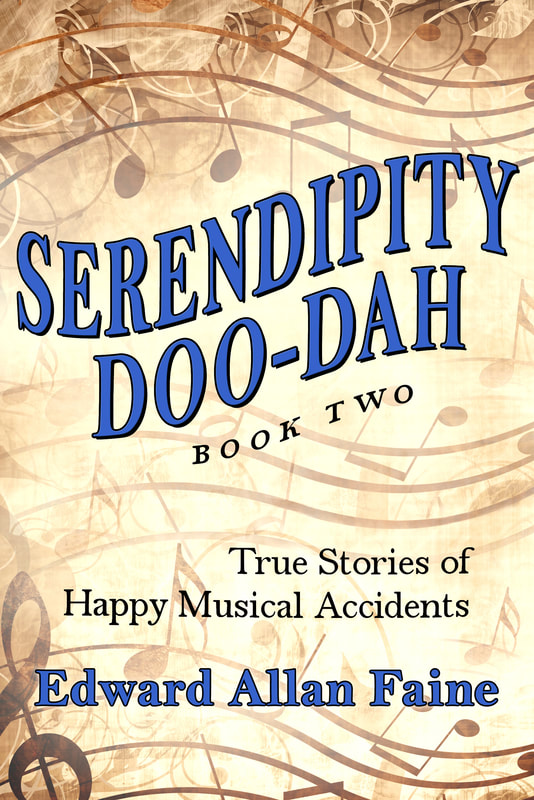Fortuitous happenstance is endemic to all human endeavor, not just music, and not just to specific music genres. Classical, for example, is not immune to the Midas touch. Case in point: Philip Glass.
By 1967, the post-modern “minimalist” composer-performer Glass had completed not only his post-graduate studies at the Julliard School of Music but also his “post-doctoral” education with two masters: eminent composition teacher Nadia Boulinger and Indian classicist Ravi Shankar. After a bit of world travel, he settled in New York City and began to compose music for himself and others, and to schedule performances at art galleries and studio lofts in SoHo.
He had gotten married, had two kids, and supported the family not with his music, but with odd jobs such as moving furniture.
In 1971, Glass composed a new work he called Music in Twelve Parts, referring to twelve separate instrumental parts in a single piece. He took a recording of his new composition to a musician friend, told her the title, and played it for her. Afterward, he asked her, “How did you like it?”
“I like it very much,” she said. “What do the other 11 parts sound like?”
Initially taken aback, Philip realized she had misunderstood the title, but then, an epiphany. He immediately began to plan eleven more parts. The scope of his long-form work would be a summing up of his decade-long attempt to integrate all three elements of music—melody, harmony, and rhythm—into one overall structure.
The earlier parts would emphasize the repetitive, the rhythmic, while the melodic aspects would rise to prominence in the middle or transitional parts, the latter parts introducing greater harmonic movement. If this new extended work was a painting, a gallery curator might call it a mosaic.
In time—some three years—a performance of the completed work was in order. It was time for a bold move. Glass, who had never drawn an audience beyond 150 at a gallery or museum space, or 400 at a university auditorium, threw caution to the wind and rented out the 1400-seat town hall in midtown Manhattan.
Fortune smiled, the concert sold out. Over the three years Glass took to write the piece, as each part was finished, it was performed in a loft or gallery space. The idea began to grow that these parts would become a larger work. People anxiously awaited the next parts to come out. Glass built expectation for the completed work in much the same way Charles Dickens did some 140 years prior when he serialized his first novel Oliver Twist.
Manhattanites anticipated a new part from the Philip Glass Ensemble every two or three months, much like Dickens's dedicated readers eagerly anticipated the next monthly installment. No wonder Town Hall filled to capacity to hear the 12 parts back-to-back.
With the success of his ambitious extended work, Glass made his point, to himself, and to everyone in a few short years, when he launched a full-scale opera he called Einstein on the Beach.
During the latter stages of Twelve Parts, Glass had begun to work on the opera blueprint with theater director Robert Wilson. Moreover, during a loft performance of part 6 of Twelve Parts, a fortuitous visit by a Frenchman resulted in a commitment, seemingly frivolous at the time, to fund the composer’s next work.
Two years later, that visitor became France’s Minister of Culture, and followed through with an offer to stage the Glass/Wilson Einstein opera at Avignon, France, and to help establish a subsequent tour of six European cities. The tour set the stage for a triumphant return back to the Metropolitan, the American citadel of high culture for a much-acclaimed, two sold-out performances of Einstein in November 1976.
All told, there were 35 performances of the opera. None played to an empty seat, yet the tour ended in debt, some $100,000 in the red. Both Glass and Wilson were saddled with a debt that dragged on for years. While Einstein didn’t make any money, it made the composer’s career. He was now a “successful” opera composer. But he still had to drive a taxi at night to support his family.
He would not make a living working full-time as a musician-composer until 1978, when, at the age of 41, he was commissioned to compose Satyagraha for the Netherlands Opera. From that point on, it was full-steam ahead—no more nighttime cab driving—nothing but total concentration on music composition and performance.
He would become in the words of the New York Times “the most prolific and popular of contemporary composers,” amassing over 220 compositions in eleven different categories (operas, symphonies, concertos, film scores, ballet, chamber ensembles among them.)
In such a productive, accomplished life, there had to be numerous crucial moments that propelled Mr. Glass forward on his path to greatness—perhaps none more meaningful than when his musician friend innocently asked, “What do the other 11 parts sound like?”




 RSS Feed
RSS Feed